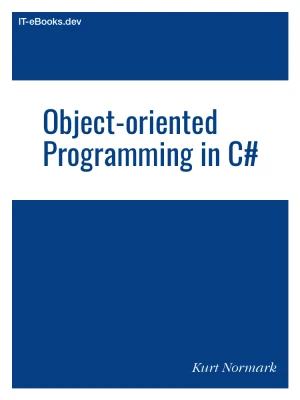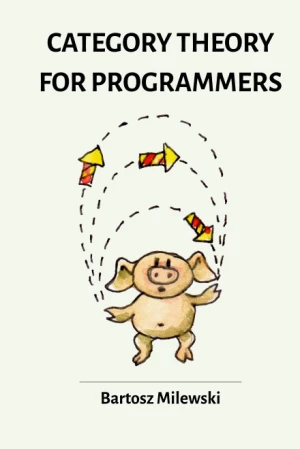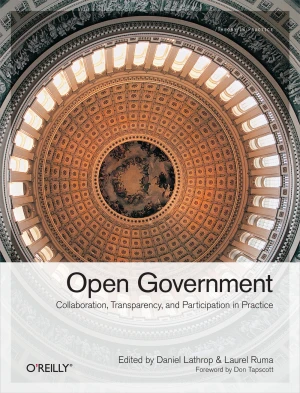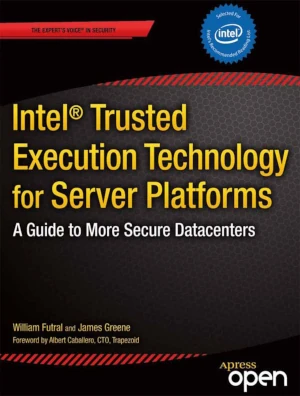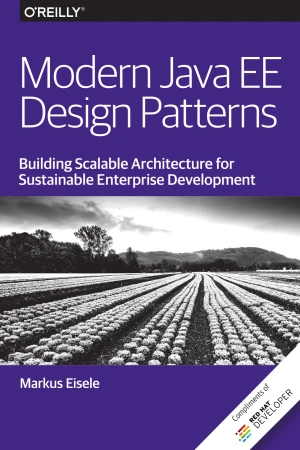Modern Object Pascal Introduction for Programmers
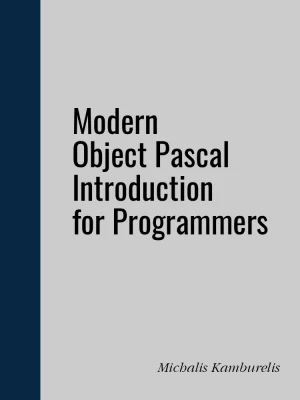
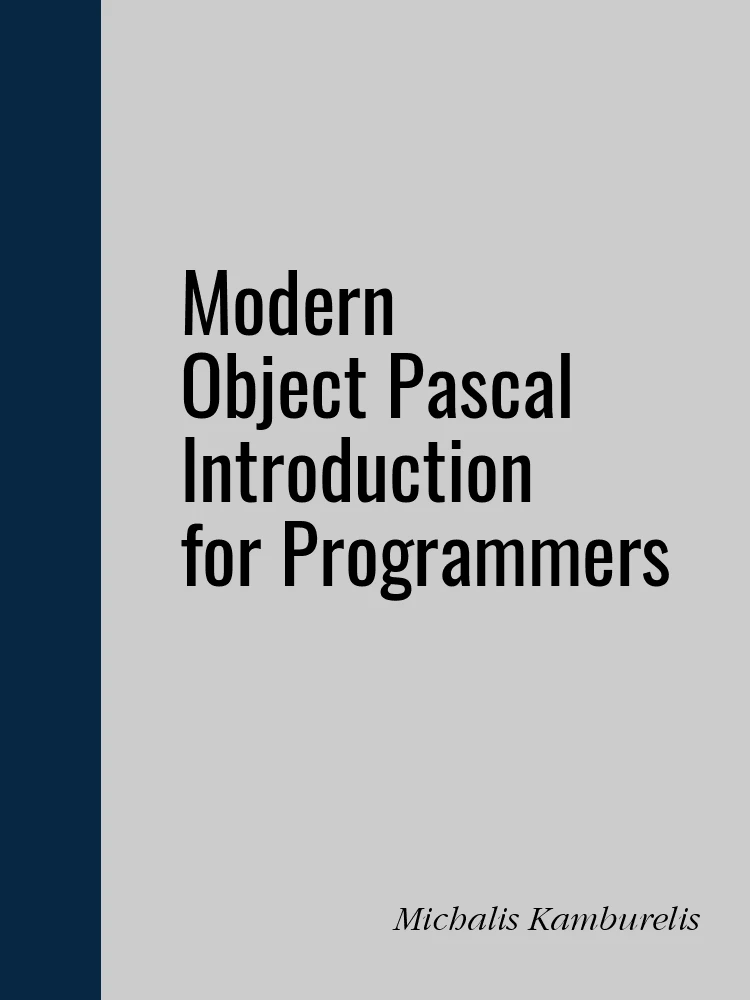
Book Details
| Author | Michalis Kamburelis |
| Published | 2025 |
| Edition | 1st |
| Paperback | 127 pages |
| Language | English |
| License | GNU Free Documentation License |
Book Description
There are numerous books and resources about Pascal available, but a significant number of them focus on the older versions of the language, lacking coverage of classes, units, or generics.
For this reason, the author has written a quick introduction to what they refer to as modern Object Pascal. It is worth noting that most programmers who use it daily do not typically call it "modern Object Pascal"; they simply call it "our Pascal." However, the author feels it is crucial to emphasize that it is, in fact, a modern, object-oriented language when introducing it. The language has evolved significantly since the old (Turbo) Pascal that many people learned in school long ago. In terms of features, it is quite comparable to languages like C++, Java, or C#.
- It includes all the modern features one would expect, such as classes, units, interfaces, and generics.
- It is compiled to fast, native code.
- It is known for being very type-safe.
- It is a high-level language that can also be used for low-level programming when necessary.
This book is available under the GNU Free Documentation License, which means that you are free to copy, redistribute, and modify it, as long as you preserve all original copyright notices, provide transparent access to the source, and release any modified versions under the same license.
If you enjoyed the book and would like to support the author, you can purchase a printed copy (hardcover or paperback) from official retailers.
Download and Read Links
Share this Book
[localhost]# find . -name "*Similar_Books*"
Object-oriented Programming in C#
Object-oriented Programming in C# is a practical guide to OOP concepts using C#, designed for programmers with experience in imperative languages like C or Java. Originally created in 2006, it takes an "object-later" approach, first reinforcing foundational programming skills before introducing object-oriented principles. The material combines anno
Building Modern Web Applications With Spring Boot and Vaadin
This guide is a practical introduction to web application development with Spring Boot and Vaadin. It covers the entire development process, from setup to deployment, following a step-by-step approach. You can replicate each section at your own pace as you follow along. The content is suitable for anyone familiar with Java who wants to build a web
Category Theory for Programmers
Category Theory is one of the most abstract branches of mathematics. It is usually taught to graduate students after they have mastered several other branches of mathematics, like algebra, topology, and group theory. It might, therefore, come as a shock that the basic concepts of category theory can be explained in relatively simple terms to anybod
Open Government
In a world where web services can make real-time data accessible to anyone, how can the government leverage this openness to improve its operations and increase citizen participation and awareness? Through a collection of essays and case studies, leading visionaries and practitioners both inside and outside of government share their ideas on how to
Intel Trusted Execution Technology for Server Platforms
Intel Trusted Execution Technology (Intel TXT) is a new security technology that started appearing on Intel server platforms in 2010. This book explains Intel Trusted Execution Technology for Servers, its purpose, application, advantages, and limitations. This book guides the server administrator / datacenter manager in enabling the technology as w
Modern Java EE Design Patterns
With the ascent of DevOps, microservices, containers, and cloud-based development platforms, the gap between state-of-the-art solutions and the technology that enterprises typically support has greatly increased. But as Markus Eisele explains in this O'Reilly report, some enterprises are now looking to bridge that gap by building microservice-based

